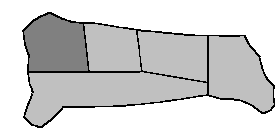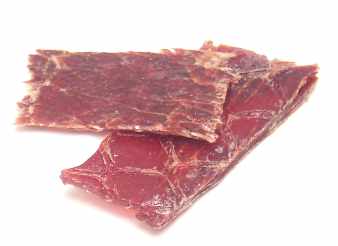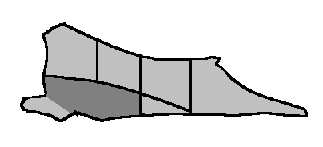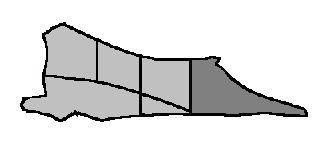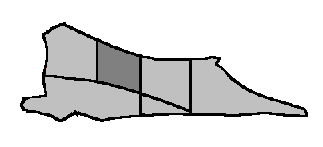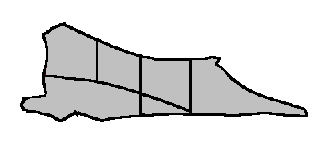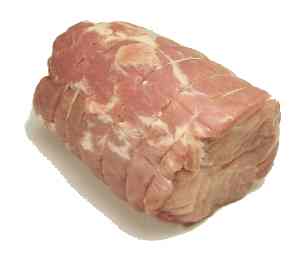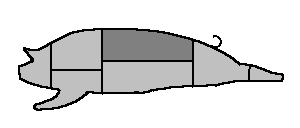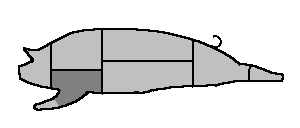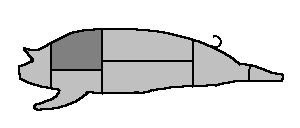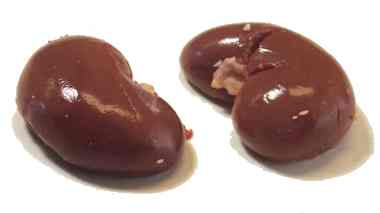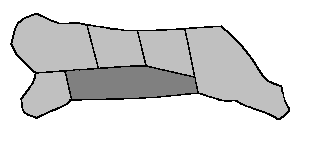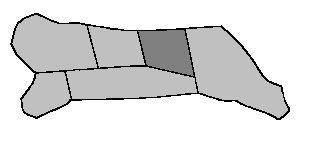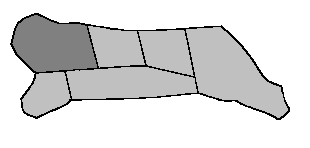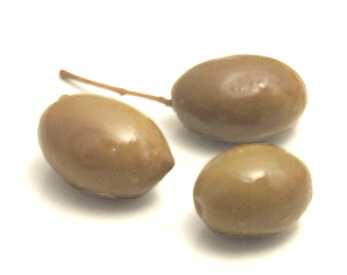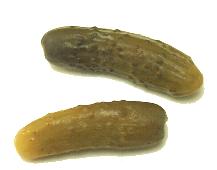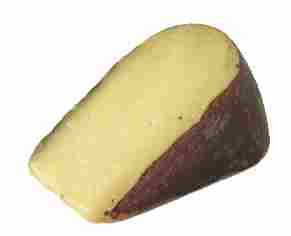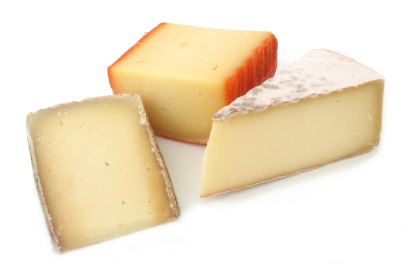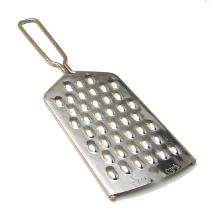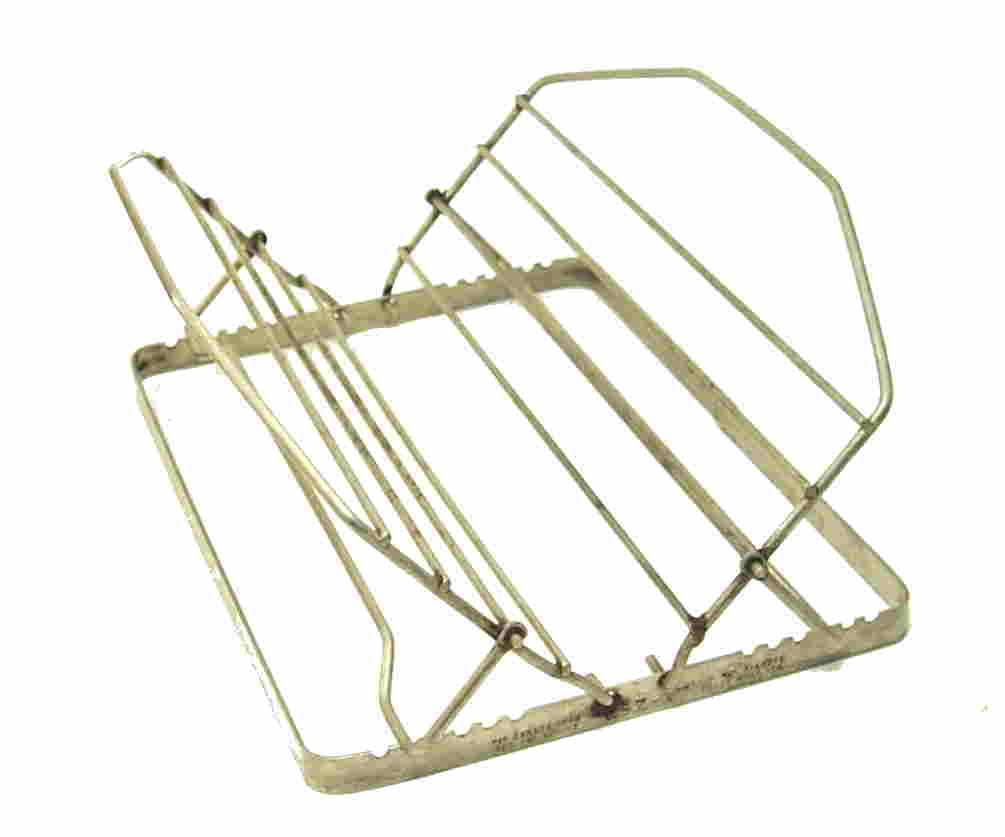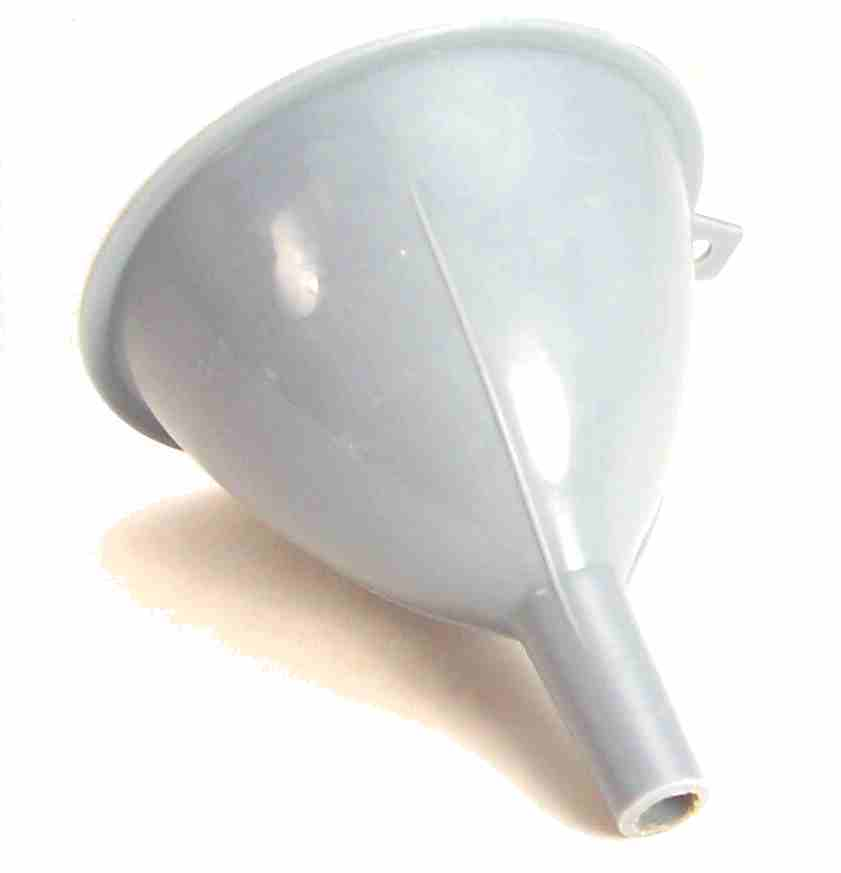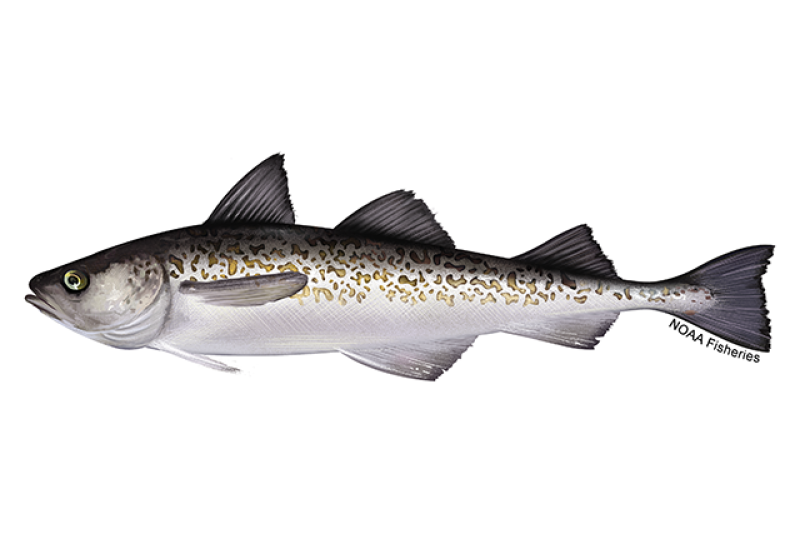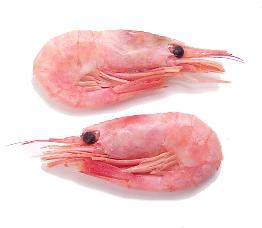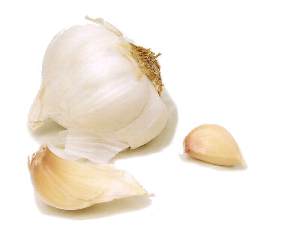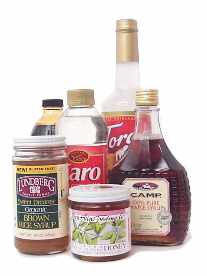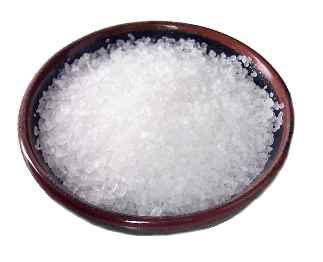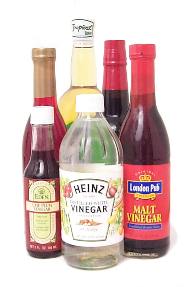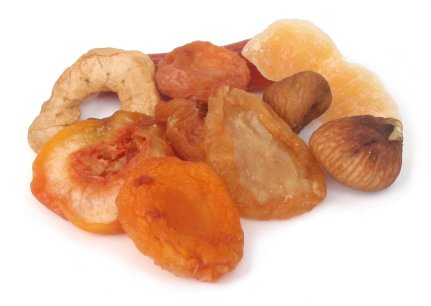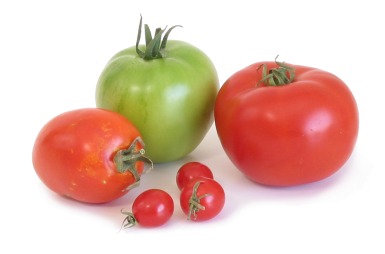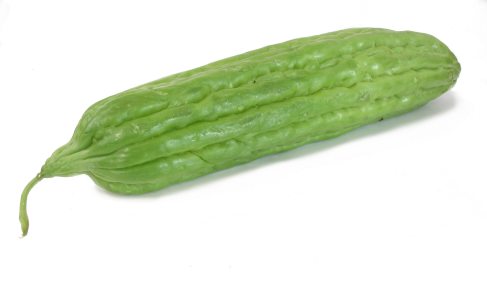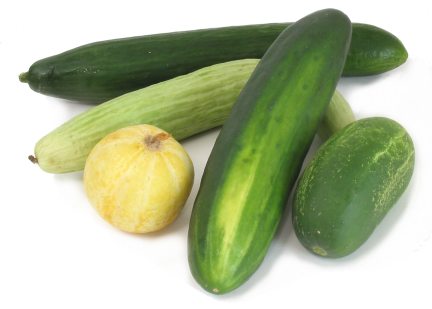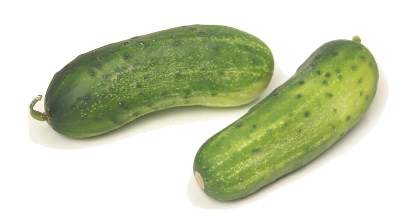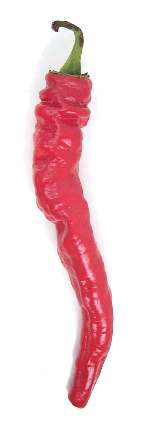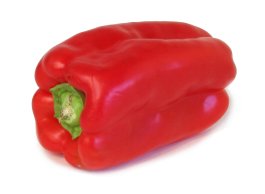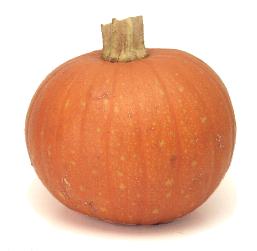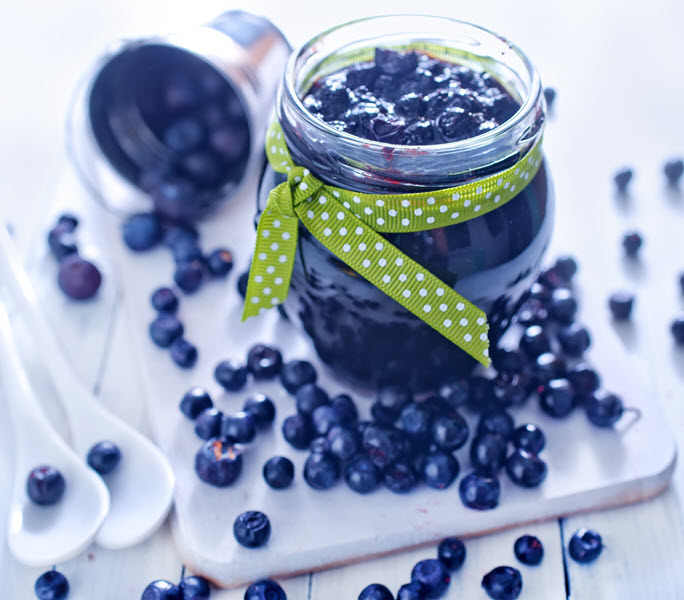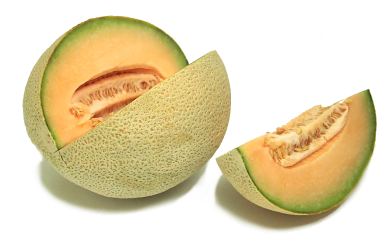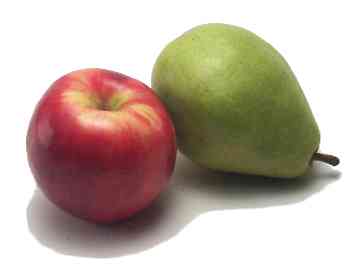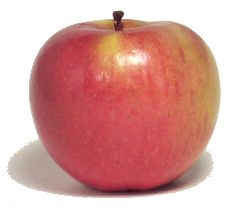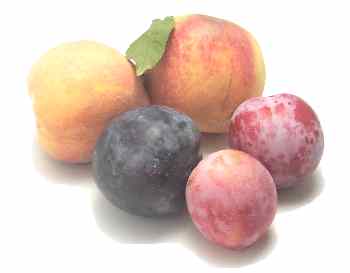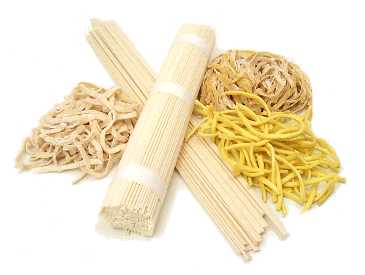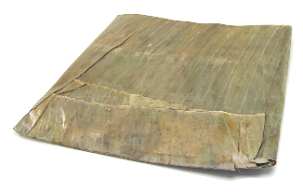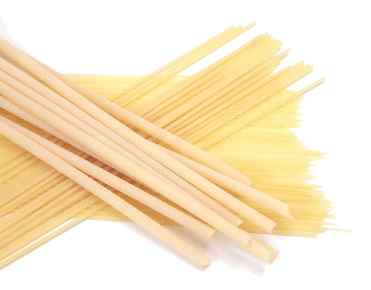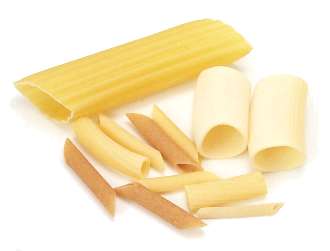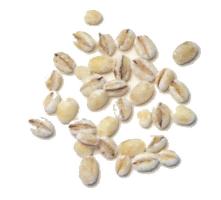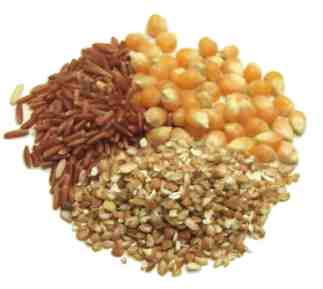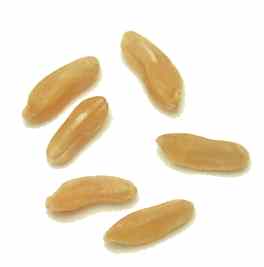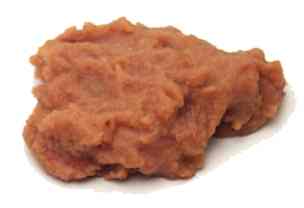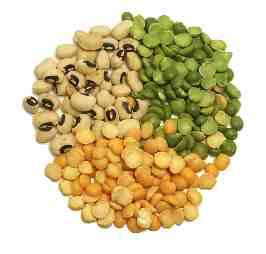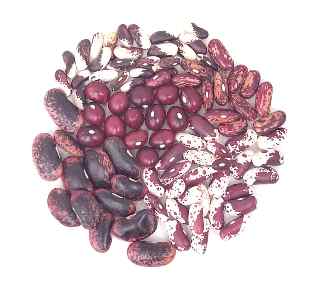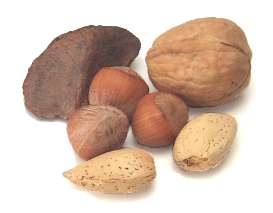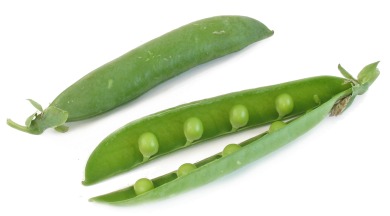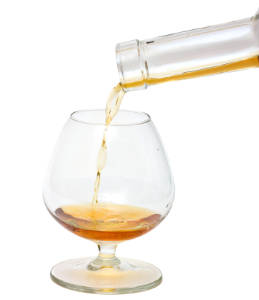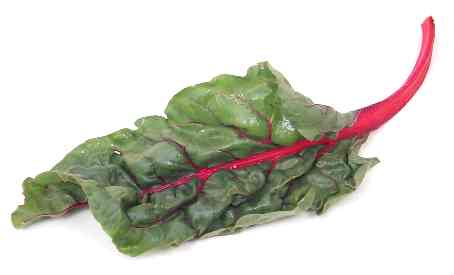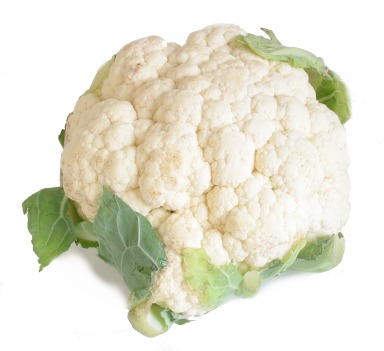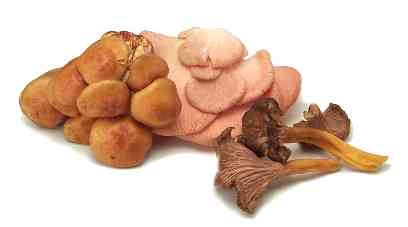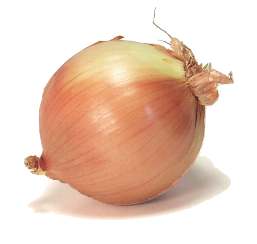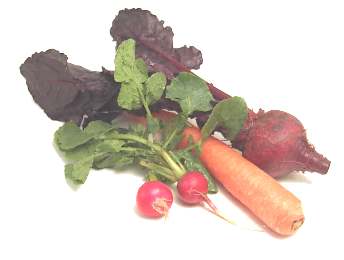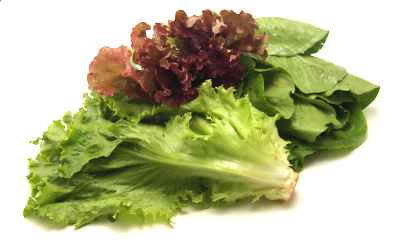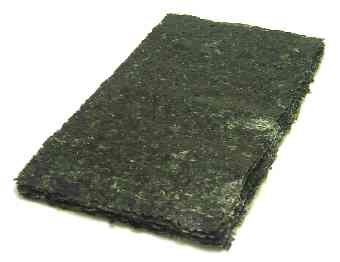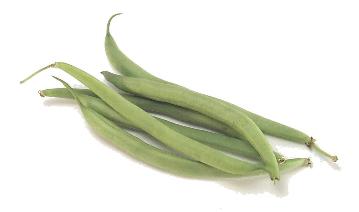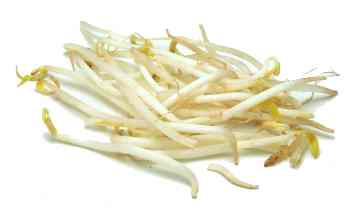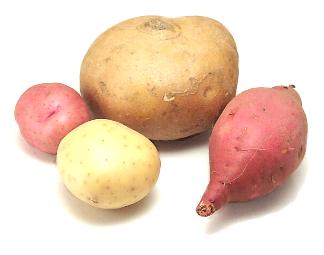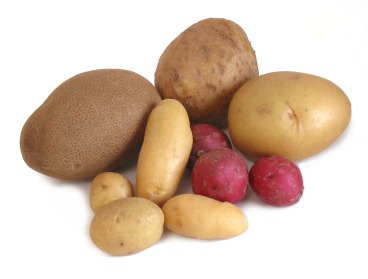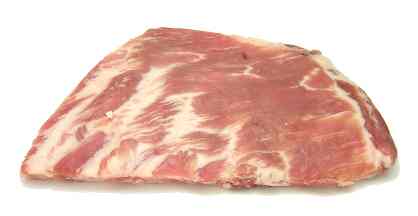Meats Category
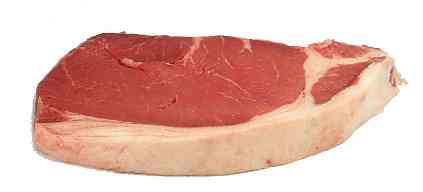
pork kidneys
Like beef kidneys, these are too tough to cook using dry heat. It's best to cook them slowly using moist heat. To prepare them, first cut off the outer membrane, then cut them lengthwise to expose a white blob of fat in the middle, which should be discarded. Next, soak the kidney in acidulated water or buttermilk for about an hour. This will make the flavor much more mild.
Learn morepork loin blade chop
These are cut from the blade roast, which is the part of the loin that's closest to the shoulder. You can grill, broil, braise, or panfry them. Don't confuse this cut with the pork blade steak, which is cut from the Boston butt and is fattier.
Learn morepork loin chop
This is distinguished by a T-shaped bone that's off to one side. It's a great chop to grill, broil, or panfry.
Learn morepork roast
You can oven-roast several pork cuts. Many cooks think that the pork center loin roast is the best choice--it's moist, tender, and flavorful. Pork tenderloins are also popular because they're lean, tender, and boneless. As you move away from the center of the pig, the roasts become either bonier or fattier or less tender, but they're more economical and often packed with flavor. Good choices include the pork top loin roast, fresh pork leg, pork sirloin roast and Boston butt.
Learn morepork sirloin cutlet
These lean steaks are similar to sirloin chops, only meatier and boneless.
Learn morepork sirloin roast
This is a fairly lean and economical roast. A bone-in sirloin roast contains parts of the hipbone and backbone, so it's tough to carve. It's usually worth the extra money to get a rolled and tied boneless sirloin roast.
Learn morepork spareribs
These aren't as meaty as country-style ribs or back ribs, but they're popular at barbecues since they're easy to eat with your fingers. Allow 4/5 pound per person. St. Louis style ribs are spareribs that have been trimmed of the brisket bone.
Learn morepork stew meat
This are pieces of meat that are too tough to grill, broil, or panfry. They're best if cooked very slowly in a liquid.
Learn morepork tenderloin
This cut is lean, tender, and boneless, so it commands a high price. It's delicious roasted, grilled, or broiled as long as you don't overcook it. Tenderloins are usually sold in pairs, and sometimes cut up into tenderloin pieces. If there's a silver membrane on the tenderloin, remove it before cooking.
Learn morepork top loin roast
To make a boneless roast, the butcher puts two top loins together and ties them up, fat sides out.
Learn morepoussin
A poussin is a very young chicken, and it has a very delicate flavor and very little fat. They're available in some gourmet markets.
Learn moreprosciutto
Prosciutto hails from Italy and is reknown for its delicate, salty flavor. It's usually cut into paper thin slices and served raw. Especially well regarded is Parma ham, which comes from Parma in Italy. Select a prosciutto that's shiny and deeply colored.
Learn morequail
Quails have dark meat that's quite tasty. They're very lean, so bard them before roasting or marinate them before grilling. Allow two quail per person.
Learn morerack of lamb
This elegant roast includes eight ribs, and it's big enough to serve three. If the meat at the tips is cut away to expose the bones, it's called a French rack = Frenched rack. Make sure the butcher cracks the chine (backbone) between the ribs, so that the roast is easy to carve when you take it out of the oven. You can make a double French rack by leaning two French racks against each other, bone tips interlaced. You can also tie two or three French racks together, bone tips up, to form a crown roast of lamb for an elegant meal
Learn morerattlesnake
A novelty item in the Southwest, rattlesnake meat resemble chicken, only it's chewier and has lots of small bones. Don't overcook it.
Learn morerhea
Rheas are the South American version of ostriches. Rhea meat resembles ostrich meat, but it's even leaner.
Learn moreringwurst
This pork and beef sausage looks and tastes like bologna. Germans like to heat it up and serve it with potato salad or bread.
Learn morerolled veal roast
This is an entire boneless shoulder that has been rolled and tied. It can be braised or roasted.
Learn moresalami
This is a family of ready-to-eat sausages that are made with beef and/or pork and heavily seasoned with garlic and spices. They're often used in sandwiches or antipasto plates. Many salami, like the popular Genoa salami, are air-dried and somewhat hard. Others, like cotto salami, are cooked, which makes them softer and more perishable. Most salami are made of pork, but all-beef kosher salami are also available. In Italian, salame is the singular form and salami the plural, but Americans often talk of one salami and many salamis.
Learn moresalpicão
This is a Portuguese pork sausage that's often served with rice and beans in Brazil.
Learn moresalt pork
This is a salt-cured chunk of fat that comes from pork bellies. It's used in much the same way as bacon, though salt pork is fattier and not smoked.
Learn moreSausages
A typical sausage consists of ground meat that's combined with fat, flavorings, and preservatives, and then stuffed into a casing and twisted at intervals to make links. Pork is most commonly used, but butchers also use beef, lamb, veal, turkey, chicken, or game, and some also use fillers like oatmeal and rice to stretch the meat a bit. Casings vary too--in addition to intestines or artificial casings, butchers sometimes use stomachs, feet, skins, or they do away with casings altogether and sell the sausage in bulk. After assembling a sausage, a butcher can either sell it as fresh sausage, or else cure, dry, or precook it in some way.
Learn moreschinkenspeck
A German specialty, schinkenspeck is lean pork that's been dry-cured and aged. It's normally sliced paper-thin and served cold.
Learn moreschinkenwurst
This German cold cut consists of ham suspended in a bologna-like emulsion. It's usually served cold on sandwiches.
Learn morescrapple
A Pennsylvania Dutch specialty, this is a mixture of sausage and cornmeal. It's often slowly fried and served with eggs and grits.
Learn moreSerrano ham
This Spanish dry-cured ham doesn't need to be cooked before eating. It's not smoked, and it's usually cut into very thin slices.
Learn moresirloin half of leg
This is the upper half of a leg of lamb, and it makes a tender, but bony roast. Many people ask the butcher to bone this cut, then either roll and tie it or butterfly it.
Learn moresliced ham
Sliced ham is moister than other kinds of ham, which makes it far more perishable. Store it in the refrigerator and use it within a few of days after buying it.
Learn moresmoked hog jowl
The jowl (which is pronounced "jole" in the South) is the hog's cheek. It's often cut into pieces and used to flavor stews, collard greens, and bean dishes.
Learn moresobrasade
Sobrasada is a raw Spanish pork sausage. It's similar to Spanish chorizo, only heavier on the paprika and garlic.
Learn morestew beef
These cubes of meat are tough enough to require slow cooking in a liquid. Don't use them for kabobs--they're too tough for the grill.
Learn moresulze
This is made from a mixture of calves' feet or pig snouts, eggs, and other meats that's been cooked and then allowed to gel. There's no need to cook it further; the cold slices are usually served as appetizers.
Learn moresummer sausage
This is a family of spicy, somewhat dry pork and/or beef sausages that are great for sandwiches. They don't need to be cooked. Varieties include landjaeger and thuringer.
Learn moresweetbreads
Sweetbreads are the soft and delectable thymus glands of calves and lambs. Though it's hard to get fussy teenagers to eat them, there are enough knowledgeable gourmets clamoring for sweetbreads to keep the price fairly high. Freshness is very important--you should plan on preparing them the day you buy them or else freezing them. Like other organ meats, sweetbreads are high in cholesterol.
Learn more
